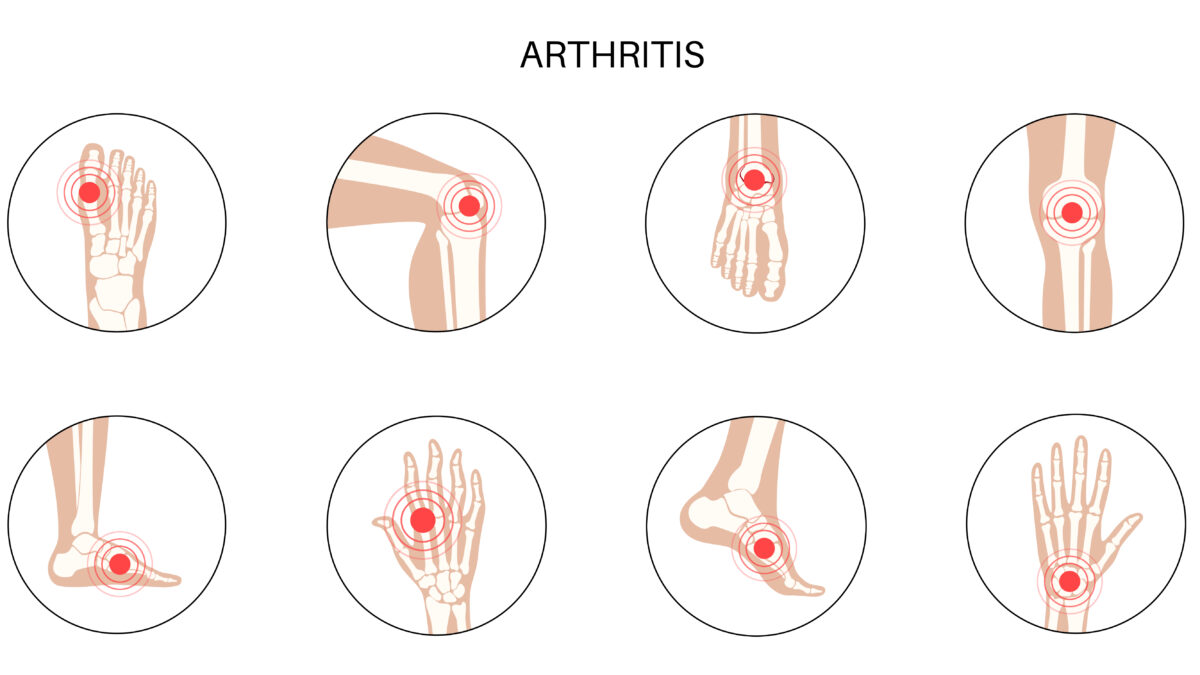- Immediate contact :
- +1-323-988-5889
- info@sonosif.com

Ultrasound-guided Vascular Cannulation
October 9, 2020
Airway Assessment
October 9, 2020Arthrocentesis or joint aspiration is a procedure done by using a needle and syringe to remove fluid from the joint; when the joint is red, causes pain, swells, or has a limited range of motion. This procedure may be done to obtain fluid for diagnostic lab testing, to alleviate pressure and relieve joint pain, or both.
Ultrasound-guided arthrocentesis and injection of the knee are superior to arthrocentesis and injection guided by anatomic landmarks and palpation, resulting in significantly less procedural pain, improved Closed joint aspiration success, greater synovial fluid yield, more complete joint decompression, and improved clinical outcomes.
Which Ultrasound Scanner is suitable for Arthrocentesis?
Using a high-frequency linear transducer 7.5 MHz Ultrasound Scanner L7-7.5/10 MHz for both the identification of the effusion and needle guidance for the arthrocentesis is highly recommended to our orthopedist and rheumatologist clients.
Ultrasound guidance of arthrocentesis has been shown to decrease the time to successful aspiration, to increase the volume of fluid drained, and to increase novice practitioner confidence in the procedure.
A simplified in-plane technique can easily be incorporated into the evaluation of the patient with a suspected septic knee. Ultrasound is effective in the identification of knee effusion as well as allow for a real-time visualized technique for joint aspiration. Moreover, The suprapatellar bursa, the largest communicating bursa of the knee joint, allows for a location that is easily visualized with ultrasound and can be rapidly and safely accessed for joint arthrocentesis.
To conclude, ultrasound-guided arthrocentesis and injection of the knee are superior to arthrocentesis and injection guided by anatomic landmarks and palpation, resulting in significantly less procedural pain, improved Closed joint aspiration success, greater synovial fluid yield, more complete joint decompression, and improved clinical outcomes.
References: What Is Arthrocentesis, Ultrasound-guided, Benefits of ultrasound-guided arthrocentesis
Disclaimer: Although the information we provide is used by different doctors and medical staff to perform their procedures and clinical applications, the information contained in this article is for consideration only. SONOSIF is not responsible neither for the misuse of the device nor for the wrong or random generalizability of the device in all clinical applications or procedures mentioned in our articles. Users must have the proper training and skills to perform the procedure with each ultrasound scanner device.
The products mentioned in this article are only for sale to medical staff (doctors, nurses, certified practitioners, etc.) or to private users assisted by or under the supervision of a medical professional.





